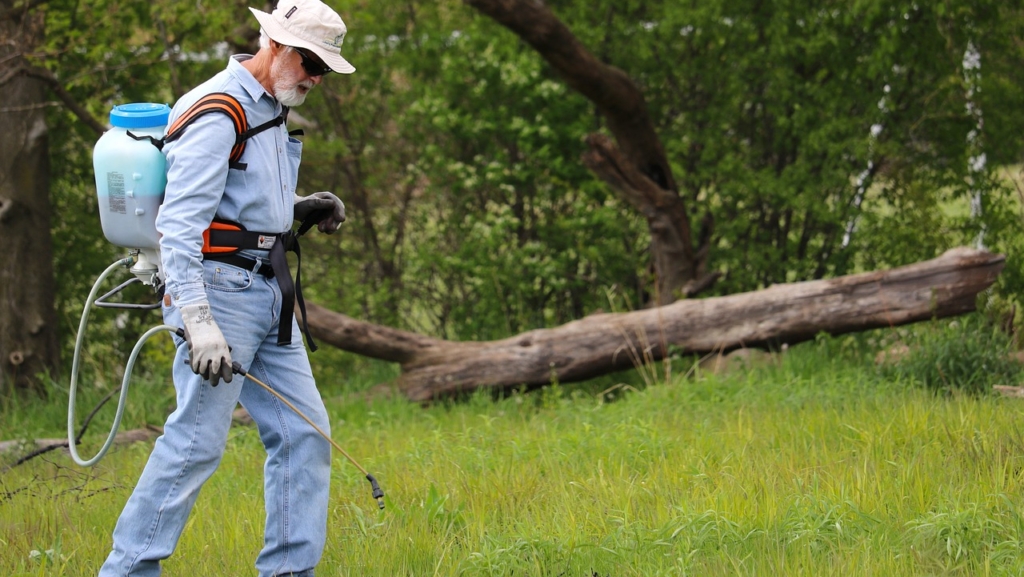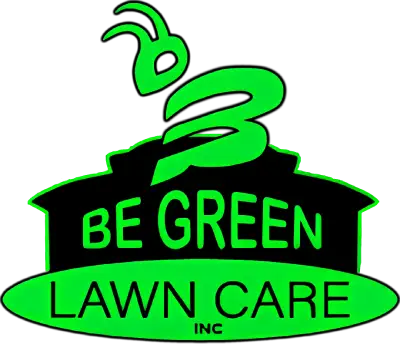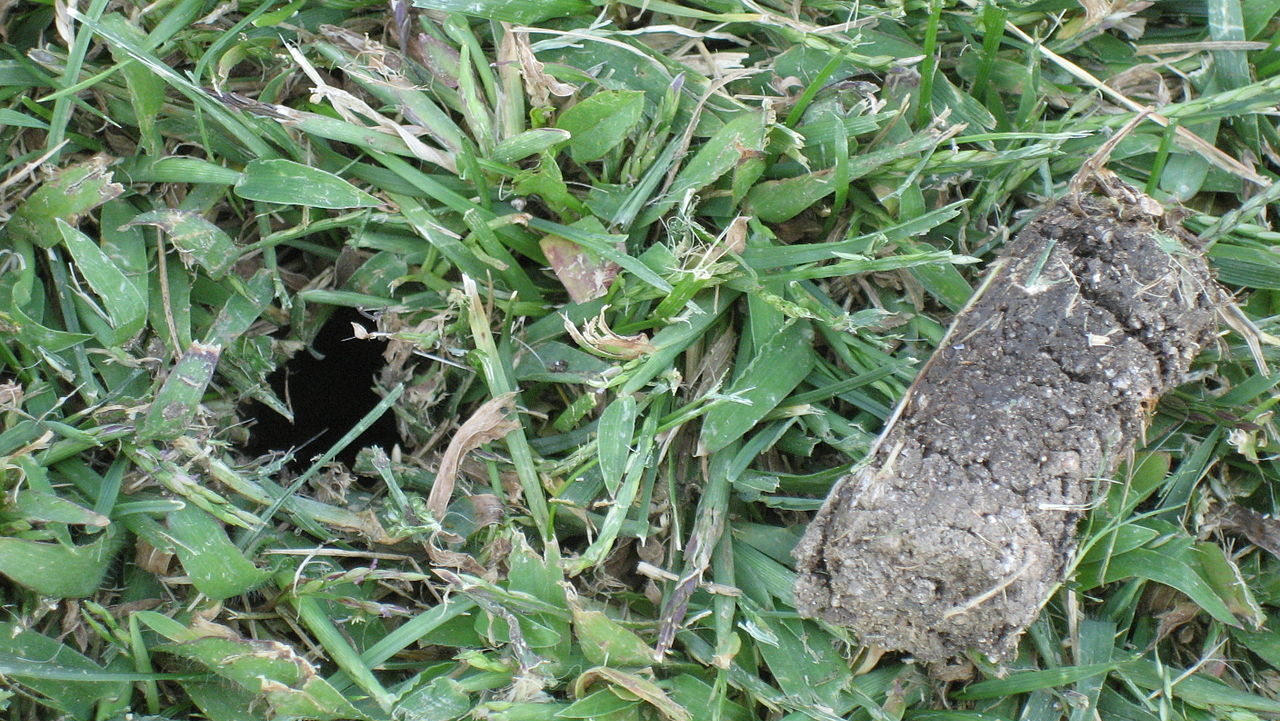Understanding Aeration
Aeration is a crucial practice for maintaining a healthy lawn, but it’s often misunderstood. While many associate it with mechanical processes like soil puncturing or core extraction, there are diverse methods to achieve effective aeration. From natural processes like mole activity or ants to advanced techniques such as Liquid Aeration, understanding the various options can help you choose the best approach for your lawn’s needs. Let’s explore the different aeration methods and their unique benefits.

9 Indicators Your Lawn Needs Aeration
- Presence of Thatch: A thick layer of organic matter on the soil surface.
- High Foot Traffic: Areas frequently walked on or used.
- Failed Screwdriver Test: Difficulty inserting a screwdriver into the soil.
- Stunted Growth: Grass that has stopped growing.
- Puddling: Water pooling on the lawn after rain.
- Discoloration: Patches of grass that are turning yellow or brown.
- Clay Soil: Dense soil that compacts easily.
- Dry Soil: Difficulty in keeping the soil moist.
- Sparse Grass: Grass that is thinning out.

Understanding Liquid Aeration
Liquid Aeration offers an advanced solution for lawn care, particularly in combating thatch. Unlike Core Aeration, which involves removing soil plugs, Liquid Aeration uses a liquid formula to deeply penetrate and loosen the soil. This method can be equally, if not more, effective.
A key component of Liquid Aeration products is a wetting agent, which helps the solution reach deeper into the soil. These agents can be derived from natural sources like the yucca plant or synthetic materials similar to soap. Both types are generally effective in ensuring thorough soil penetration.
In addition to wetting agents, quality Liquid Aeration products often include nutrients that support microbial life, such as humates and kelp. These nutrients help maintain a healthy soil ecosystem, promoting better grass growth.
Another crucial element is the inclusion of enzymes or bacteria designed to break down thatch. This component may sometimes be sold separately and require its own application, but it plays a vital role in maintaining a healthy lawn by decomposing organic matter that can hinder grass growth.
By using Liquid Aeration, you can achieve deeper soil loosening and more effective thatch management, leading to a healthier, more vibrant lawn.
Core Aeration Explained
Core Aeration is essential for ensuring that grass roots receive adequate oxygen, especially in regions with heavy clay soils where oxygen penetration can be challenging. This process involves creating holes in the soil and extracting small plugs, which helps alleviate thatch issues and loosens the soil. This, in turn, allows nutrients to be more effective and improves water retention, reducing runoff.
It’s important to note that aeration should not be performed during the summer. The optimal times for aeration are during the cooler months of spring or fall when the soil is more moist, ensuring better results.
Choosing Between Liquid and Core Aeration
When deciding between Liquid and Core Aeration, consider the immediate and long-term effects on your lawn. Core Aeration provides a quick impact on soil and grass appearance, but its benefits are relatively short-lived. In contrast, Liquid Aeration offers more gradual improvements, with effects that accumulate and enhance over time.
If your soil is highly compacted or you have significant thatch buildup (over 1/2 inch), combining both methods can be particularly effective. Using Core Aeration first can help the Liquid Aeration penetrate more deeply, leading to better and faster results.
Credits
Feature Image Guipozjim, CC BY 3.0 , via Wikimedia Commons



